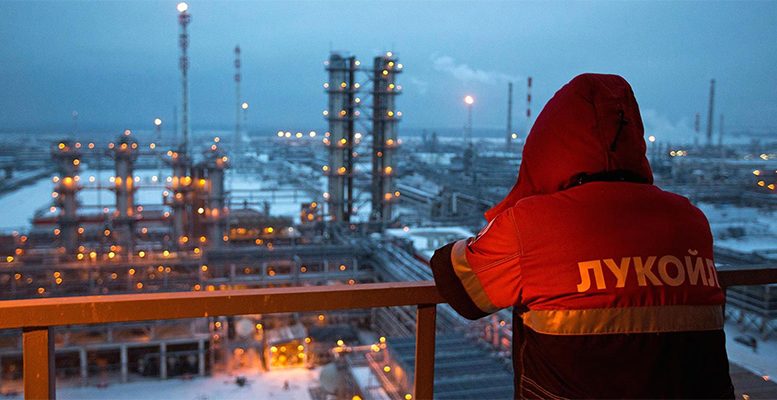Alicia García Herrero (Natixis) | Asia is far from Ukraine, but the conflict with Russia has rippling effects far beyond borders. From the SWIFT ban to the chip blockade, the West and Asian economies have further sanctioned Russia. Although the financial linkages between Russia and Asia are limited, spillovers on the economy cannot be discounted. In this note, we analyze the impact of Russia’s aggression in Ukraine on key non-financial sectors in Asia. Russia and Ukraine only form 2% of global trade in total. Still, they have significant market shares of global exports in specific products, such as neon gas (70%), palladium (37%), natural gas (17%), wheat (13%), oil (12%) and nickel (9%). This means they play a relevant role in upstream sectors, which is bound to have spillover effects into Asia, especially in energy, technology, agriculture and transportation.
Starting from energy, Asia will feel the heat from higher prices as most countries are net oil and gas importers. The overall reliance of Asia on Russia’s energy supply is quite moderate with the largest exposure from China, which imports 12% of its oil and gas from Russia. Other countries, such as Japan and Korea, have a share lower than 8%.
The imports of rare gases, palladium and nickel are key for semiconductor and electric vehicle battery production in Asia. The proportion of these materials is small but critical in supply chains. Neon gas is used in the lithography process for chips. Palladium is important for memory chips and sensors. Nickel is at the core of ternary lithium batteries, and the price surge can accelerate the shift towards lithium iron phosphate (LFP) batteries, which is a cheaper option without nickel. On the tech blockade, the impact for Asia is low as Russia is not a big market for them, but the costs can grow if Russia restricts exports.
Russia and Ukraine also sit at the Black Sea, which is the crossroads for trading energy and dry bulk goods, such as steel and grains. Any disruption in wheat exports can lead to higher food prices in Asia. Australia, the fifth biggest wheat exporter, can benefit as consumers may switch orders, but logistic bottlenecks can be an issue. The surge in marine shipping costs is reflected in tankers and dry bulk (+120% and +48% since early February). Containers are less affected given its minor role in the region. Still, port and air space closures mean ocean carriers may skip ports and planes may need to be rerouted.
All in all, inflation and another supply chain disruption are the key rippling effects in Asia from the Russia-Ukraine conflict, which will be reflected in energy, semiconductors, electric vehicles, agriculture, marine shipping and air freights. A major concern is it is hard to see an end to the conflict, so the impact is bound to increase over time as firms draw down on inventories. Finally, not all Asian countries are bound to suffer. Australia, Malaysia may benefit from a redirection of imports away from Russia and Ukraine towards them.





